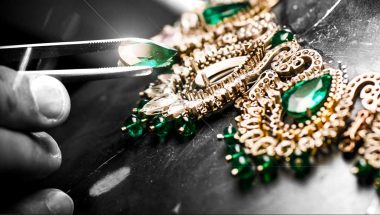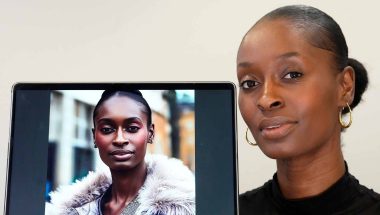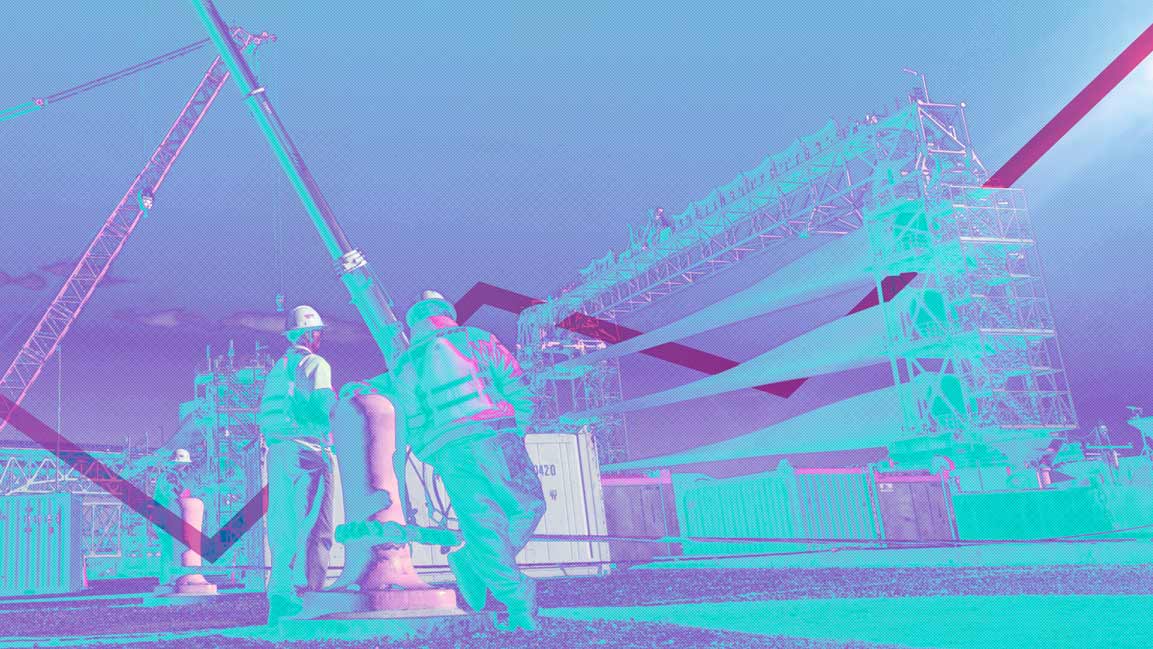- | 2:00 pm
How to stand out from a sea of job candidates
As most resumes are never seen by human beings, professor Dustin York says interviews and follow-up thank you notes are where you get to make a strong impression. Here’s how.

There’s been a lot of job and career shuffling occurring over the last year, leading people to brush the dust off their resumes and refresh their job-searching skills. A key skill in this time is knowing how to set yourself apart from the rest of the crowd. This is always a good idea, but it becomes all the more important to do when, each month for nearly a year, 4 million people have been quitting their jobs and many are looking for new ones. But exactly how do you make yourself stand out?
Resume crafting is definitely important, but 75% of U.S. companies use resume-scanning software and most are never seen by human beings. Interviews and follow-up thank you notes are where you get to make a strong impression.
HANDSHAKES: YES OR NO?
We are in a gray area right now when it comes to handshakes. Earlier in the pandemic, it was clear that nobody would be shaking hands for a while. More recently, you may have noticed many people returning to the tradition, but not everyone may be comfortable with it yet. So what should you do?
When it comes to job interviews, it would be best to let the interviewer call it. I would warmly offer my hand and ask in a friendly tone, “Are you comfortable shaking hands?” If they offer you a fist or elbow bump in return, follow their lead without bringing further attention to it. If they accept the handshake, follow the usual advice of facing forward and not sideways, making eye contact, using moderate pressure, keeping it brief, and using the same handshake with everyone: men, women, and non-binary people alike.
PLAY THE ‘LAVA GAME’ AGAIN
Remember that lava game you used to play as kids where you couldn’t touch the floor because it was lava? During the job interview you’re going to pretend the back fourth of your chair is “lava”—i.e., you can’t sit there. This forces you to either sit completely straight or, as most people end up doing, slightly lean forward. This signals attention and interest, or the opposite of resting against the back of your chair, which can signal disinterest or boredom and can unconsciously trigger mistrust. The key is to lean only ever so slightly. Overly leaning forward can seem overeager or invasive.
DON’T DRESS TO IMPRESS
That’s right. I said do not dress to impress. A good rule of thumb that has always been true, and remains true, is that if anyone compliments you on a specific item of clothing or accessory—say a blouse, necktie, or a watch—you do not want to wear that item for an interview. Why not, given that you’re trying to stand out from the sea of other job candidates?
You want to stand out with what you have to say, not with what you’re wearing. Even if the job interviewer likes something you’re wearing, or especially if they like it, it risks a part of their attention being distracted from what you’re saying and instead directed towards your attractive or flashy item of clothing. Even if it’s just for a few seconds, it could be when you’re saying something very important. “Conservative” and “traditional” are your keywords for clothes.
Having said all that, once you land the job, by all means use your professional clothing to bring your personality to life!
CREATE A CONNECTION VIA EMAIL
We’re only really concerned with cover letter emails for submitting your resume and maybe one or two follow-up emails. If you’re sending more emails beyond that, it probably means you got the job or have entered the negotiation stage and that’s a separate topic.
Just like with resumes, standing out among an ocean of emails is difficult so anything that can create a sense of a personal connection is extremely valuable. This is why, in addition to heeding the usual advice about keeping your emails and their subject lines specific, personalized, brief, and proofread, if someone referred you to the position, and especially if that person might know the recruiter, be sure to mention that you were referred by so-and-so.
While it isn’t verbiage per se, if there’s any content or information that you want to highlight, never make the recruiter search for it. Make it easy for them by including attachments and hyperlinks in your emails, be it for a portfolio of some sort, published content, press coverage, or a LinkedIn profile.
Next, instead of waiting until you’re hired for a job to be given a professional email signature, get yourself one now by looking up one of the numerous free email signature generators that are easily available.
Finally, let’s say that it’s been a week or so since your interview and you haven’t heard back from the recruiter—they haven’t said yes but they haven’t said no either. Something that always works, in my experience, is to think back to the interview, think about any topic that you may have discussed: industry trends, a new technology, SEO best practices, or whatever it may have been. Find an article published within the last few days that addresses that same topic in some way. Email it to the recruiter thanking them again for the interview and write something along the lines of, “And by the way, I just read this article [hyperlink]. Based on our conversation about [the topic], I thought you might be interested in [point out a specific passage or section in the article].”
This creates an opportunity to continue the conversation. But most importantly, it shows that you are passionate about the job and passionate enough to be reading about it in your free time.
While it’s generally true that the Great Resignation has given workers more leverage that doesn’t mean this will continue indefinitely. And it also doesn’t mean that you don’t have to put in the effort to stand out from the crowd. Again, given all the people who have been quitting their jobs and applying for new ones, it is all the more important that you do.






































